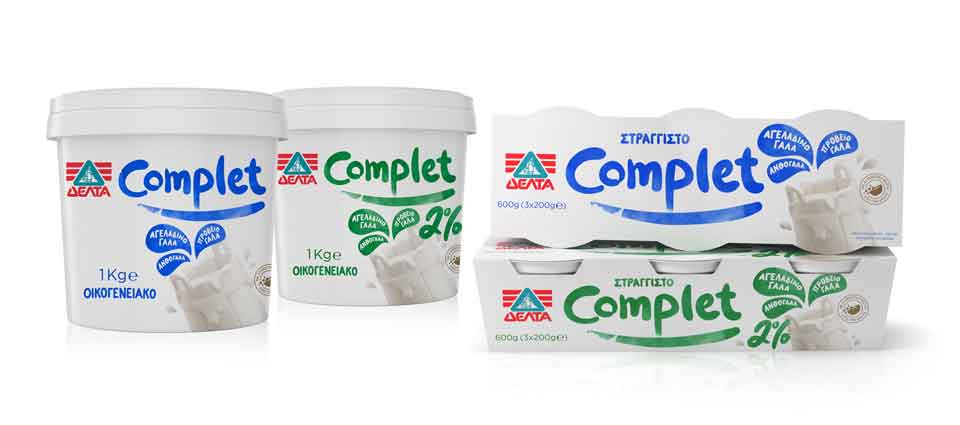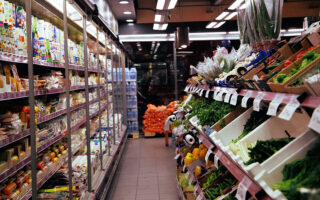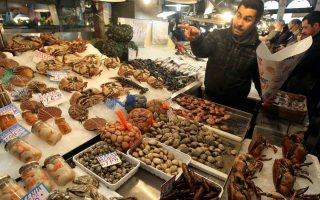Disproportionate rise in Greek food prices

Eurostat figures show lower food inflation in Greece than the European average, but higher price increases in food that this country is self-sufficient in.
Is this yet another Greek paradox or the result of the structural problems of the Greek market and the various distortions that still exist throughout the production, distribution and marketing chain, from the field to the shelf?
Problems such as the small size of the market, the high dependence on imported primary and secondary materials, and even the transactional relations between producers, suppliers and retailers play their part.
According to Eurostat data, food prices in Greece in December 2022 increased by 15.6% on an annual basis, below the average in the European Union (18.2%) and below rich countries such as Germany, but also countries with similar characteristics to Greece, such as Portugal.
First of all, it is noted that until June 2022 food inflation in Greece was higher than the European average. The fact that Greece has had double-digit and constantly increasing food inflation since April is not encouraging, especially in a country where the purchasing power of consumers is among the lowest in the EU.
From the Eurostat data and the comparison of price changes in basic foodstuffs during the last year, high price changes emerge, higher than the European average in products in which Greece is self-sufficient and even exports.
A typical example is yogurt, the price of which has increased by 26.6% in Greece in the last 12 months, compared to an increase of 23.6% in the EU. Moreover, Development Ministry data showed on December 20 that 200 grams of cow’s milk yogurt is sold for 1.30 euros in Greece against €0.90 in Spain and €1 in Portugal.
Also, according to Eurostat, lamb, mutton and goat has become more expensive in Greece than in other Southern European countries, specifically by 10.10%, compared to 2.3% in Spain, 8.3% in Portugal and 9% in Italy. In May, in fact, the annual price increase in Greece was 22.6% (compared to 14.6% in the EU).
Larger price increases compared to Spain and Italy were recorded in local cheese (25.2% in Greece against 22.1% in Spain and 17.5% in Italy), with the European average being 26.9%.





